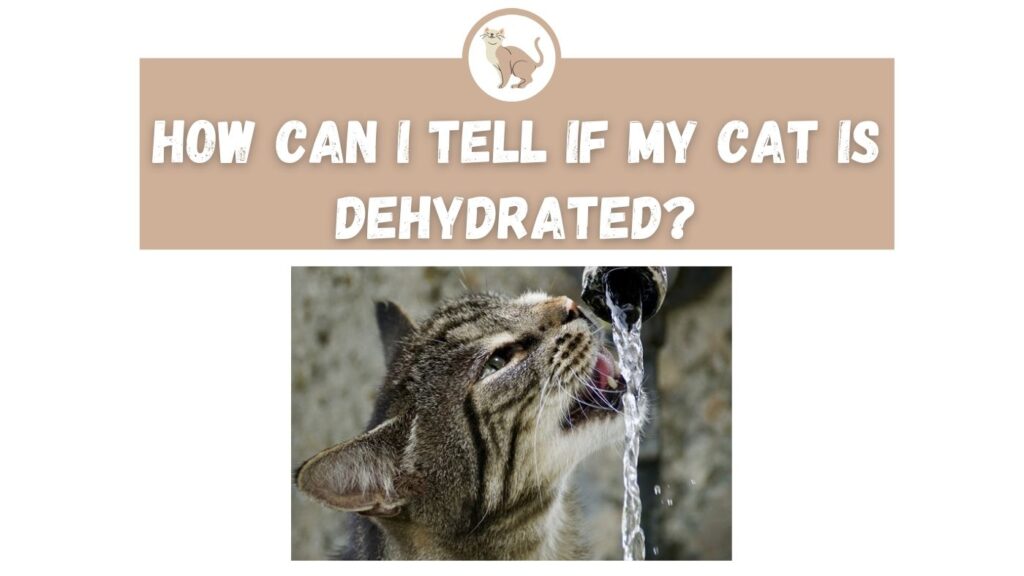Water constitutes about 80% of the feline body, and therefore Dehydration can lead to serious medical problems in cats. Dehydration can be caused by several reasons. Sometimes, a bacterial infection in the intestines can inhibit the water absorption capacity of the intestines, leading to Dehydration. Dehydration can also be caused by diarrhea as too much water is usually lost due to loose bowel moments. Vomiting can also contribute to Dehydration.
In short, if your cat is producing more fluids than she is taking in, then it’s most likely that she is dehydrated. Regular episodes of Dehydration can also be a symptom of kidney failure, and therefore owners must closely monitor their can and attend to Dehydration as soon as possible.
We have compiled an extensive list of reasons and cures for Dehydration in cats. The following list will help cat owners a lot as we will show how to tell if your cat is dehydrated or not.
How to tell if your cat is dehydrated?
A very common method of checking whether your cat is dehydrated or not is to pinch the skin along with her coat. Don’t worry; it won’t hurt their skin. If the skin is too slow to return back or remains in the shape of a ridge, then it’s a clear sign of Dehydration in your cat.
One should also keep an eye for other symptoms of Dehydration which include sunken eyeballs, elevated heart rate, and dry mouth. Take your cat to see a veterinarian if she looks overly lazy and tired.
Also, cats with chronic conditions can be more susceptible to dehydration. This is especially true for cats with kidney disease, who require a lot of water.
How To Help A Dehydrated Cat
1. Change water.
Make sure that your cat’s drinking bowl is always full of clean water. Cats love cleanliness to the point that they might refuse to drink water if the pot of water is not clean enough. The water temperature also plays a vital role as cats don’t like water that’s too cold or too hot. Make sure that your cat’s water is always at room temperature. One more vital thing to remember is to have a bowl that is large enough so that your cat can comfortably drink out of it. You don’t want your cat to have to get into an uncomfortable position in order to access the water. This means you also shouldn’t place the water bowl somewhere up high where your cat has to climb up something.
2. Use the Syringe feeding technique
One confusing thing about cats is that they can stop drinking water on their own if they become dehydrated. In this case, it becomes essential for the owner to find alternative ways to give their cat water. Otherwise, the cat can get seriously ill. You don’t need special training to accomplish this task. Fill a syringe with water and dispense the water into your cat’s mouth. Make sure to feed at least 2 to 4 millimeters per pound of body weight. You can also try to fill the syringe with an electrolytic solution if your cat suffers from diarrhea.
3. Alternative forms of liquids
It would help if you also tried experimenting with your cat in order to find out what other forms of liquids she likes. Some cats love licking ice cubes, while some cats go crazy when offered popsicles. Other cats are more sophisticated and don’t accept anything less than a fine scoop of ice cream. While we don’t recommend feeding your cat ice cream, you should explore other types of food that are high in water content, such as wet cat food.

